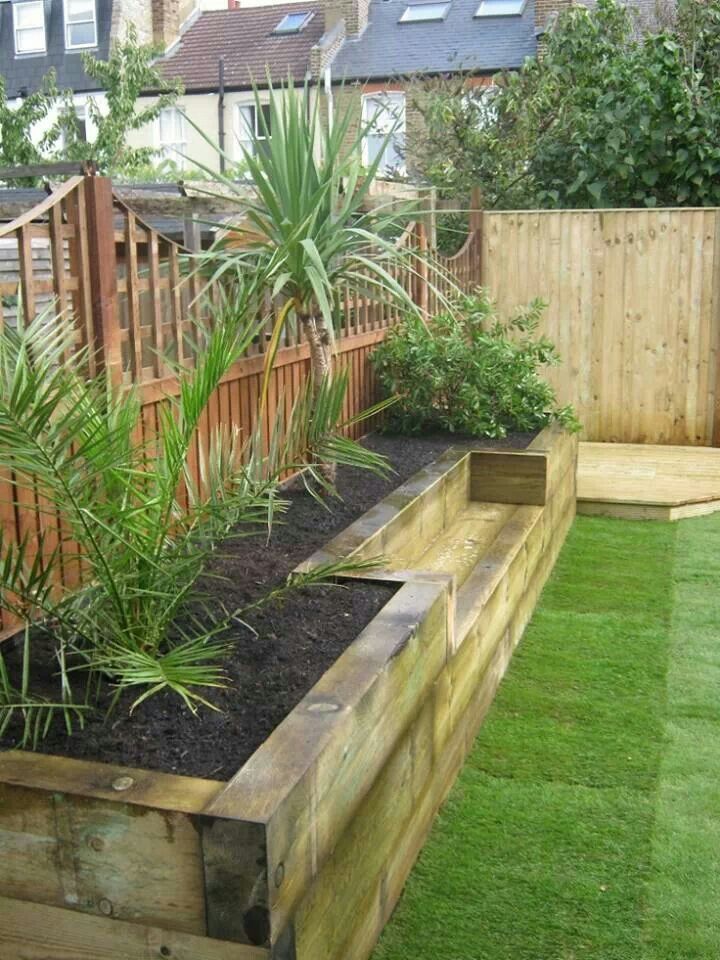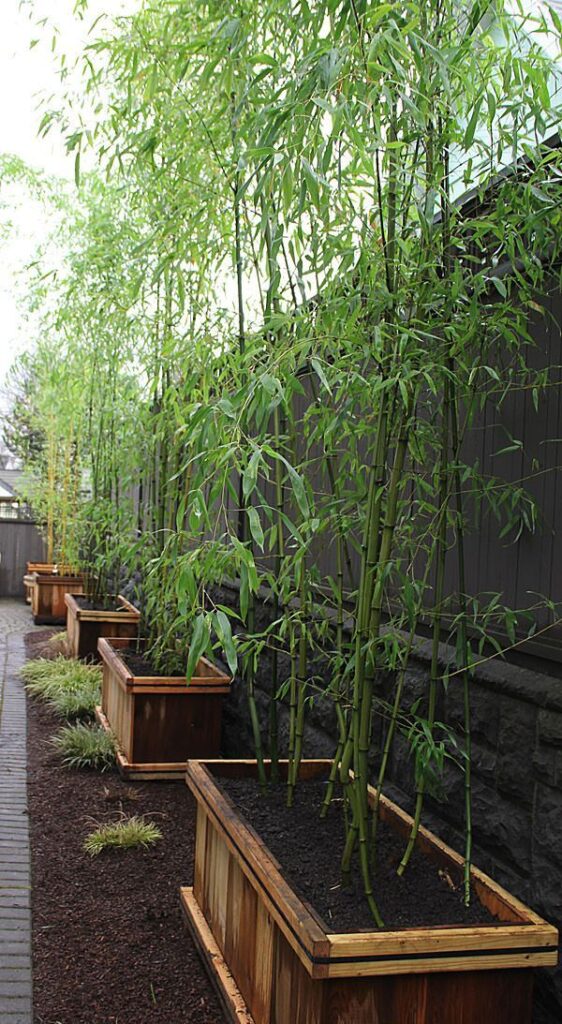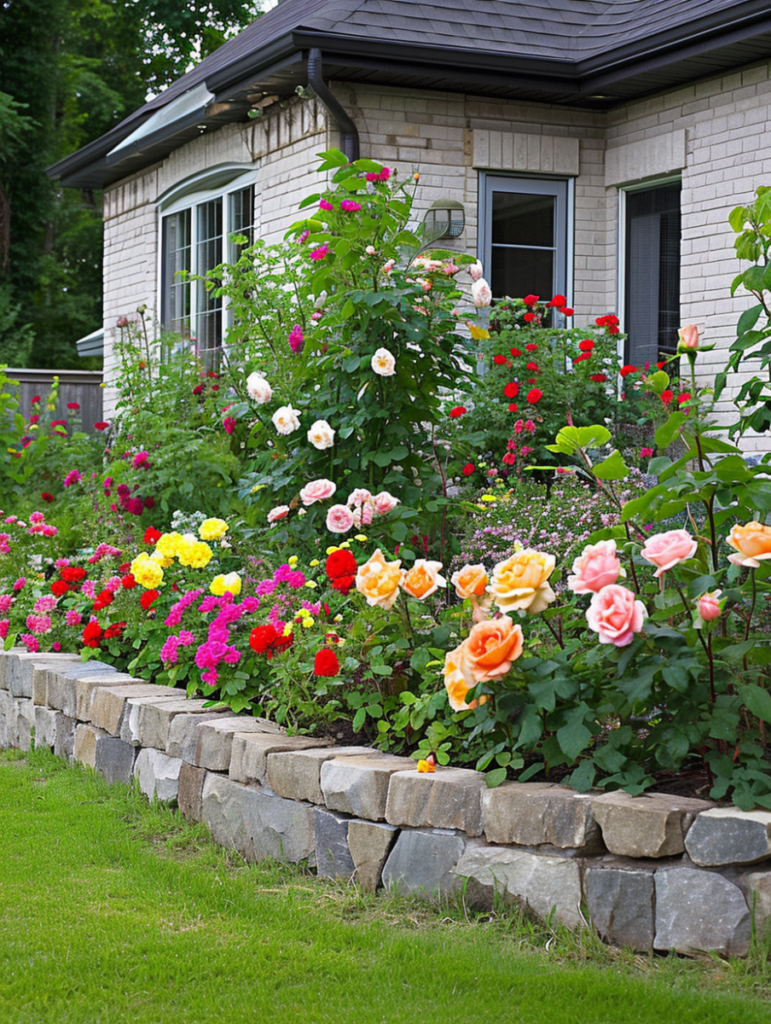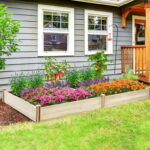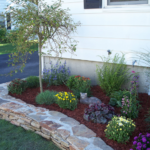Raised flower beds are becoming a popular landscaping trend among homeowners looking to add some charm and beauty to the exterior of their homes. These elevated garden beds offer a variety of benefits and can create a stunning visual impact in front of any house.
One of the main advantages of raised flower beds is their versatility. They can be built in various shapes, sizes, and heights, allowing homeowners to customize their garden beds to fit the specific dimensions of their front yard. This flexibility makes it easy to design a unique and eye-catching landscape that complements the overall look of the house.
In addition to their aesthetic appeal, raised flower beds provide practical benefits as well. The elevated design of these beds helps to improve drainage, preventing water from pooling around the plants and potentially causing root rot. This can be particularly beneficial in regions with heavy rainfall or poor soil drainage.
Furthermore, raised flower beds make gardening more accessible and convenient. The elevated height of the beds reduces the need for bending and stooping, making it easier for people with physical limitations or mobility issues to tend to their plants. This can be especially advantageous for older individuals or those with back problems.
Another advantage of raised flower beds is their ability to create a well-defined garden space. By elevating the plants, these beds help to delineate the boundaries of the garden and prevent weeds and grass from encroaching on the flowerbeds. This makes it easier to maintain and care for the plants, ensuring a tidy and organized garden all year round.
Finally, raised flower beds can also help to extend the growing season for plants. The soil in these beds warms up more quickly in the spring, allowing homeowners to start planting earlier in the season. Additionally, the increased depth of the soil in raised beds provides better insulation for the roots of the plants, allowing them to thrive in cooler temperatures and potentially extending the growing season well into the fall months.
